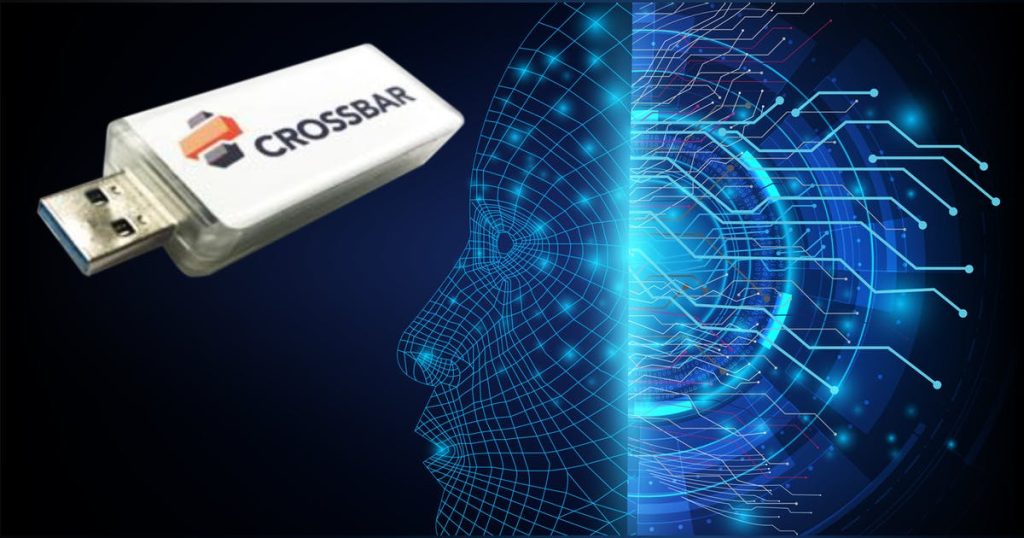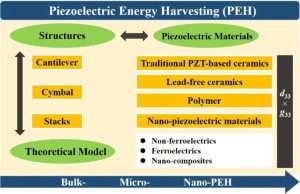How Crossbar Memory Chips Stores & Process Data

Technology doesn’t’t only bring comfort to life bulso lessen tthe he costs of living life and driving businesses.
In data management, this has been proven with another laudable and interestiprojectct by Crossbar inc. to replace in-memory data storage with in-chip data management through crossbar technology.
Resistive Random Access MemoryRRAM,am or ReRam is a new initiative to improve data storage and processing, different from how memory card or SD card stores data but rather use semiconductor memory.
The mechanism can be classified into four groups, vizAnion-baseded ReRAM, which involves redox reaction and migration of oxygen ions.
The second one iCation-baseded RRAM, where redox reaction and cation ions are migratedCarbon-baseded RRAM and Oxide-based electrode.
Some characteristics of the four major categories of Reram are:
Anion-type RRAM
1. It is Compatible with CMOS fabrication technology.
2. It is reliable
3. It has reliability issues for masproductsct.
4. It haa s High forming voltage.
Cation-type RRAM
1. It works well to build multi-bit storage.
2. It haa s large dynamic margin.
3. ITC Diversionary voltage
4. It is not much reliable
Carbon-based RRAM
1. The chemical composition is simple
2. Well suited for integrated circuit
3. It’s not costly
4. Clarification of material properties.
Oxide-based electrode RRAM
1. It is used ithe optoelectronicscs industry.
2. It uses ultra-low operation voltage.
3. It’s applicable in integrated circuit
4. It is very reliable
What defines Resistive Memory is that the system is built on multiple layers of semiconductor (memories from silicon oxide).
It is capable of using a switching material ( usually a material with silicon properties) and forming a nanofilament whenever voltage is applietoin the electrodes.
However, the quality of the switching material can havan e influence on efficiency as stated the crossbar.
How does CrossbaRRAMam technology works?
The memory chips work by using complementarmetal-oxidede–semiconductor (CMOS) to buillow-temperaturere multiple arrays to build 3D ReRAM storage chips; better than the NAND flash memory.
Crossbar resistive memory does not degrade in performance and catoleratent temperature swings in devices anis d is more durable; making it a better option over charge-based non-volatile memory (NVM) devices.
Those who want to key into this technology can be licensed by Crossbar to build a memory device that stands alone or SoC (System-on-Chip), combine microprocessor, controller, and logir to simplify the system and enhance performance.
Instead of keeping your data in different devices and processing it frothereir, Reram put everything into one, as data don’t need to be sent from the processor to the storage device or sending it back to the processor.
This is capable of making data processing to be faster as it reduces the time needed to to process your information completely.
Whereas, in NAND flash memory, the data has to be translated into the binary language before the computer can understand.
Already, there are scientists, schools, and other stakeholders that are working to make things better with resistive memory.
Rainer Weser also believed that the devices are far better in everything and can be multipurpose in use, especially in computing. Resistive ram could be likened to human neurons.
With this advancement in information technology, the cloud will benefit from fast-speed data processing and the benefits can not just be numbered. Some of them are the following.
- It uses lower energy when compared to Bluetooth, NAND, EFlash, and SPI flash.
- It can retain your data without power.
- It is denser than 3D NAND.
- It is more scalable and stackable.
- It has high retention years and endurance.
- Tolerate temperature swing.
- Lower latency and faster writing.
In the future to come, we’re also expecting much success in other memory systems such as Phase-change Random Access Memory (PCRAM), Ferroelectric Random Access Memory (FeRAM), and Magneto Resistive Random Access Memory (MRAM)





